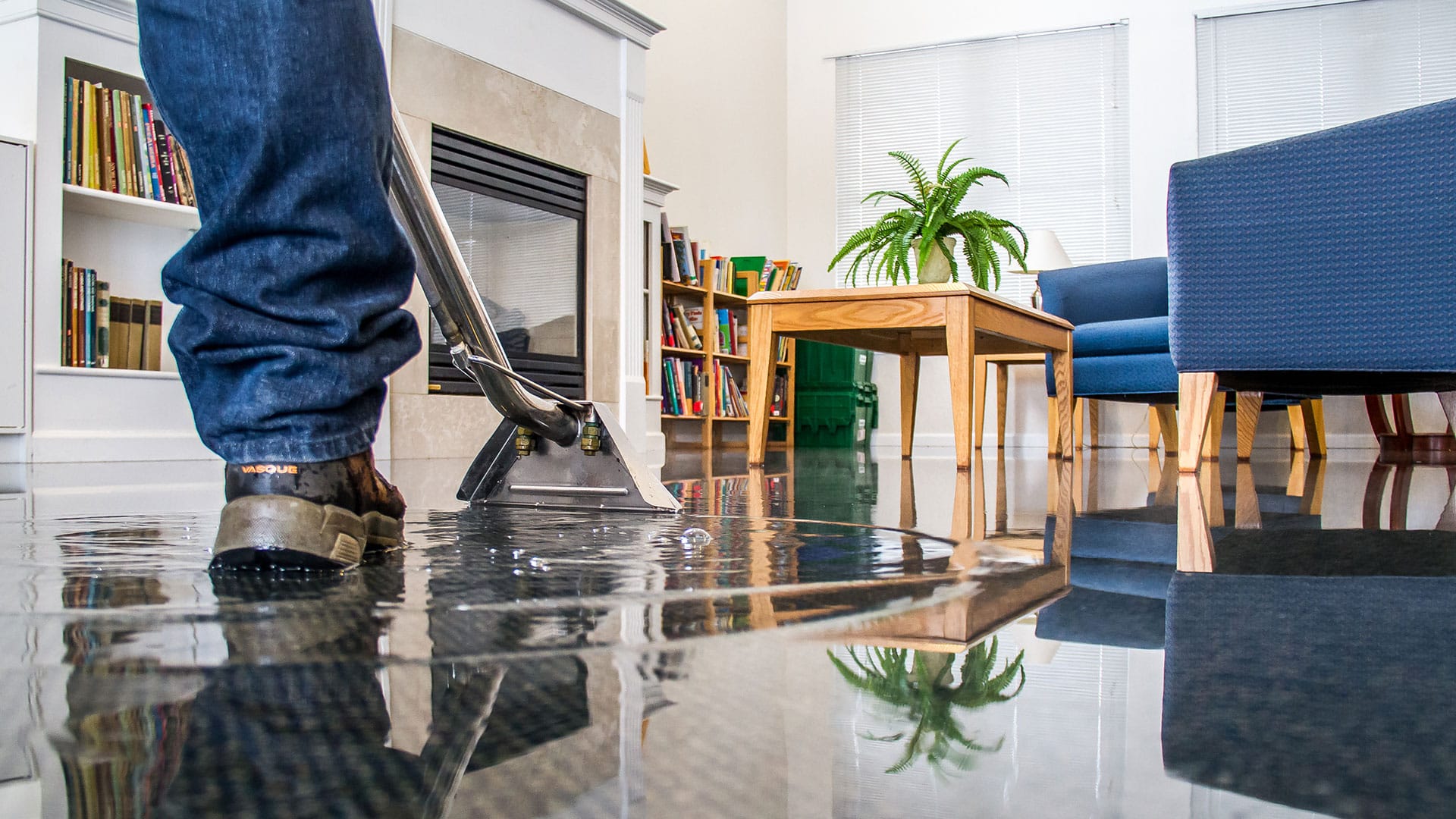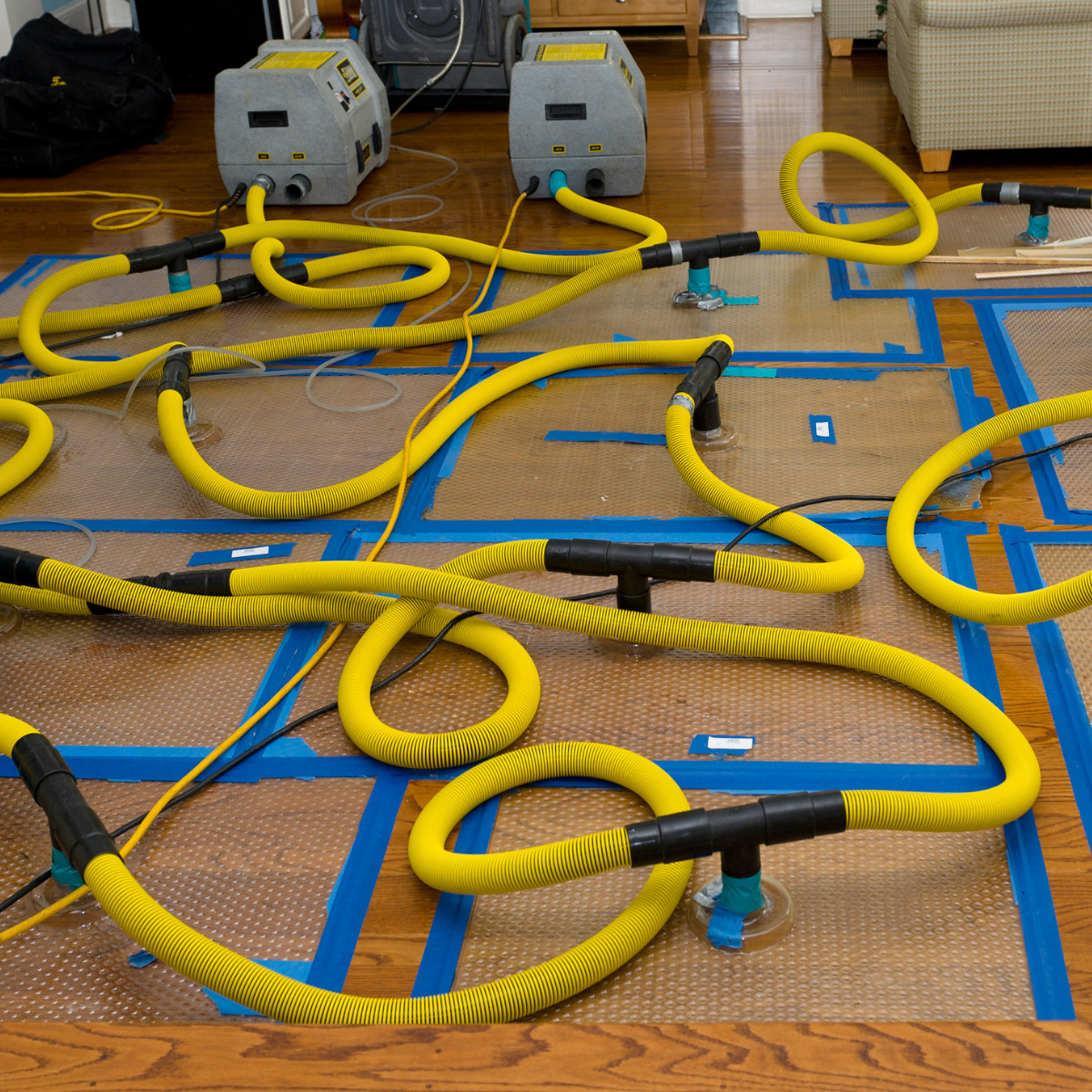A detailed guide to choosing the right Flood Cleanup Services provider
Water Damage Restoration 101: Recognizing the Process and Cost
Water damage can strike all of a sudden, leaving house owners in a state of complication. Recognizing the reconstruction process is vital for reliable recuperation. From assessing the damage to picking the best provider, each action influences the overall outcome and cost. Elements such as the kind of water damage and seriousness likewise play a considerable function. What are the certain methods used in repair, and exactly how can one get ready for prospective costs?
Kinds Of Water Damage
Water damage can develop from different resources, each providing distinct difficulties for remediation. The three key kinds of water damage are classified based upon contamination degrees: tidy water, gray water, and black water. Tidy water stems from sources like damaged pipelines or rainwater, positioning minimal health threats. Gray water, which consists of wastewater from sinks or cleaning makers, consists of contaminants that might create discomfort or disease if ingested. Black water, one of the most hazardous category, comes from sewage or floodwaters, containing hazardous germs and pathogens. Each kind requires certain remediation techniques and safety steps to efficiently mitigate and resolve the damage health and wellness dangers. Understanding these differences is vital for professionals and home owners included in the water damage restoration procedure.
Initial Evaluation and Examination
A comprehensive preliminary analysis and inspection are important actions in the water damage reconstruction process. This phase begins with an expert assessing the level of the damage, identifying the source of the water breach, and identifying the kind of water entailed - Water Damage Restoration. Service technicians utilize customized tools to gauge dampness levels in different products, such as wall surfaces, floorings, and furnishings. In addition, they assess architectural honesty and possible carcinogen, including mold and mildew development. The searchings for from this examination educate the reconstruction strategy, leading essential activities and source allowance. Accurate paperwork of the damage is important for insurance claims and future reference. Overall, this initial evaluation prepares for reliable restoration, ensuring a comprehensive response to the specific circumstance available

Water Extraction Techniques
Following the preliminary evaluation, effective water extraction strategies are utilized to reduce damage and avoid more concerns. These methods involve making use of specific equipment such as completely submersible pumps and industrial-grade vacuums. The choice of method relies on the volume of water existing and the sort of products impacted. For standing water, submersible pumps are commonly used for rapid elimination, while vacuums are ideal for drawing out water from carpets and furniture. Furthermore, progressed techniques like water removal mats might be employed for hard-to-reach areas. The objective is to eliminate as much water as feasible, reducing the capacity for mold development and structural damage. Trigger and reliable water extraction is essential in the total water damage remediation procedure.
Drying Out and Dehumidification Process
Once the water removal is full, the drying and dehumidification procedure ends up being critical to bring back the damaged location. This stage normally uses industrial-grade dehumidifiers and air movers to successfully lower moisture levels. The dehumidifiers pull in wet air, removing excess humidity, while air moving companies circulate air to increase dissipation. Monitoring equipment is commonly utilized to track humidity and temperature levels, making certain suitable drying out conditions. The duration of this process can vary relying on the extent of the water damage and environmental factors. It is vital to extensively completely dry all impacted materials, including wall surfaces, flooring, and furnishings, to stop mold and mildew development and architectural damage. Correct implementation of this action is critical for a successful repair result.
Cleaning and Disinfecting Affected Locations

First Evaluation and Inspection
Prior to beginning any reconstruction efforts, a thorough first evaluation and inspection of the impacted areas are crucial for efficient cleaning and sterilizing. This process entails recognizing the degree of water damage, identifying the resource of the water invasion, and reviewing the materials affected. Assessors normally search for signs of mold and mildew development, structural honesty problems, and damaged items. The evaluation additionally includes inspecting dampness levels utilizing specific tools to ensure no concealed water pockets remain, as these can cause more problems. Recording the searchings for is crucial for planning the following steps in the restoration procedure. A comprehensive preliminary assessment enables restoration specialists to design a targeted method for reliable cleaning and sterilizing, eventually decreasing damage and health risks.
Cleaning Up Methods and Products
Effective cleaning and sterilizing of water-damaged locations call for a range of methods and items customized to the certain materials affected. For permeable surface areas like drywall and carpets, removal approaches are essential to remove excess wetness, adhered to by deep cleaning with specialized detergents. Non-porous materials such as tile or steel can be cleaned up making use of commercial-grade cleansers that effectively remove pollutants. Vapor cleansing is another reliable strategy, especially for carpetings and furniture, as it utilizes heats to remove bacteria and mold. Additionally, green items are significantly popular for their safety and efficiency. Inevitably, choosing the appropriate cleansing techniques and products not just guarantees instant cleanliness yet likewise aids in protecting against additional damage and carcinogen connected with water intrusion.
Sanitization and Disinfection Techniques
When attending to water damage, proper sanitization and sanitation approaches are necessary to ensure the security and wellness of the afflicted setting. After initial cleansing, surface areas must be treated with ideal disinfectants to remove pathogens, mold and mildew, and bacteria that prosper in moist problems. Usual approaches consist of the use of EPA-approved chemical disinfectants, which can be used with spraying or cleaning methods. Additionally, ultraviolet (UV) light systems can properly sterilize areas by counteracting bacteria without severe chemicals. The selection of technique typically depends on the sort of materials influenced and the degree of contamination. Ultimately, thorough sanitization not just restores a secure space yet likewise assists stop future health threats connected with sticking around wetness and mold and mildew growth.

Repair Services and Restoration Options

Elements Affecting Restoration Costs
The degree of water damage straight impacts the reconstruction costs house owners can anticipate to incur. Aspects such as the resource of the water, the duration of exposure, and the damaged materials substantially affect pricing. Clean water damage from a broken pipe is normally less expensive to bring back contrasted to damage created by sewage (Flood Cleanup Services). Additionally, the level of contamination dictates the requirement for specialized cleansing and disposal solutions, better increasing costs. Geographic area likewise plays a duty, as local labor prices and schedule of restoration services can vary. Finally, the necessity of the reaction influences expenses; quicker treatments normally result in decrease overall costs by protecting against more damage. Comprehending these aspects is crucial for house owners when estimating reconstruction costs
The 3 key kinds of water damage are categorized based on contamination levels: tidy water, grey water, and black water. A detailed first evaluation and assessment are vital steps in the water damage repair process. For standing water, submersible pumps are commonly used for rapid removal, while vacuum cleaners are ideal for extracting water from carpetings and furniture. The extent of water damage directly affects the repair sets you back homeowners can expect to incur. Tidy water damage from a busted pipeline is generally less costly to restore compared to damage caused by sewage.